Closing the last period of the Master in Ecological Buildings and Biocities was a harsh experience. Covid pandemic scenarios made even harder the intense effort to build a 1:1 sustainable building. It demanded an extra commitment from all MAEBB participants. In the same sense, starting the new cohort has shown similar difficulties.
Closed embassies, few available flights, people afraid of leaving their homes, all have been common challenges for this starting group. Even so, 15 adventurers decided to change their lives by coming to Valldaura and experimenting with a learning by living experience that can contribute to changing our cities as we know them.
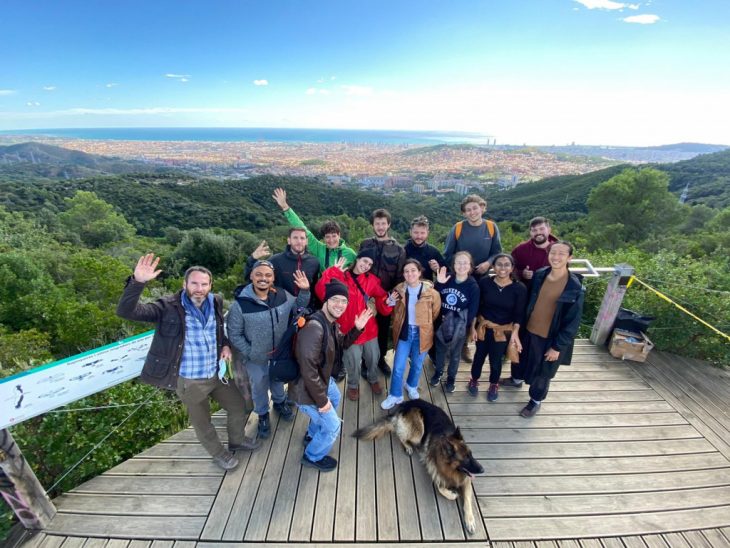 In these first few days, the students, coming from 13 different countries, have started to get to know each other by sharing different approaches to the proposed topics, talking about their folklore, food, etc. More peculiar still is the fact that one third of them are not yet in Valldaura. Thus the program is also working remotely, to keep everyone updated while they manage to get here.
In these first few days, the students, coming from 13 different countries, have started to get to know each other by sharing different approaches to the proposed topics, talking about their folklore, food, etc. More peculiar still is the fact that one third of them are not yet in Valldaura. Thus the program is also working remotely, to keep everyone updated while they manage to get here.
After a welcome dinner, the first visit took the students around Valldaura, in the middle of Collserola Park, for four hours. Discovering the traces of different settlements, ancient ruins, interesting symbiosis, and finishing in the fire watch tower with a 360 degree view all around Barcelona, its surrounding cities and the park.
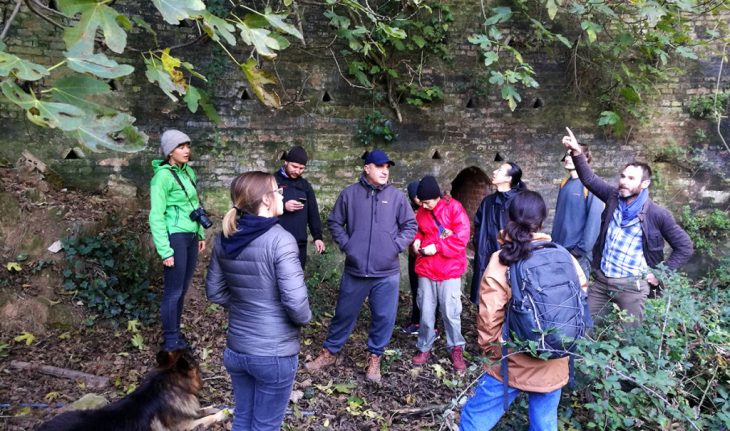 The first day of classes, the students, guided by Michael Salka, got involved with the FURNISH project, giving them the task to participate in an European project to design and build urban interventions that will be installed in Barcelona. The second day, framed by the subject of Biocities and directed by Vicente Guallart, they visited Barcelona to explore several interesting interventions on the public space that are looking to naturalize the city, bringing green and biodiversity while also offering places for the communities to meet.
The first day of classes, the students, guided by Michael Salka, got involved with the FURNISH project, giving them the task to participate in an European project to design and build urban interventions that will be installed in Barcelona. The second day, framed by the subject of Biocities and directed by Vicente Guallart, they visited Barcelona to explore several interesting interventions on the public space that are looking to naturalize the city, bringing green and biodiversity while also offering places for the communities to meet.
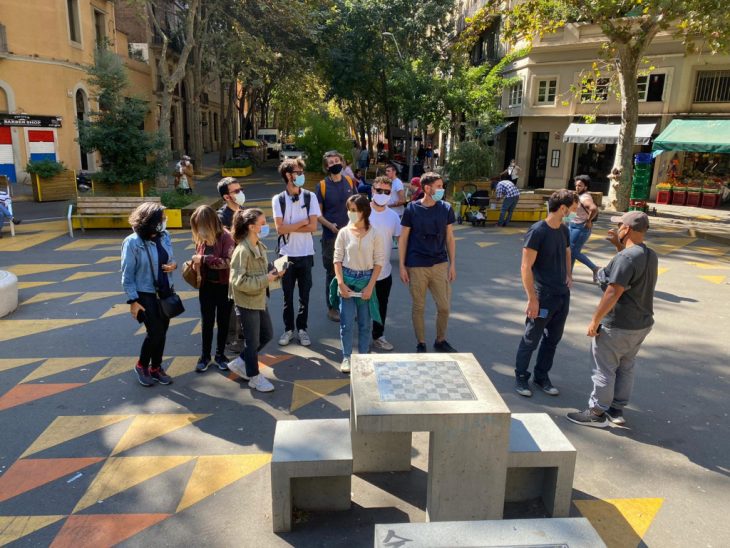
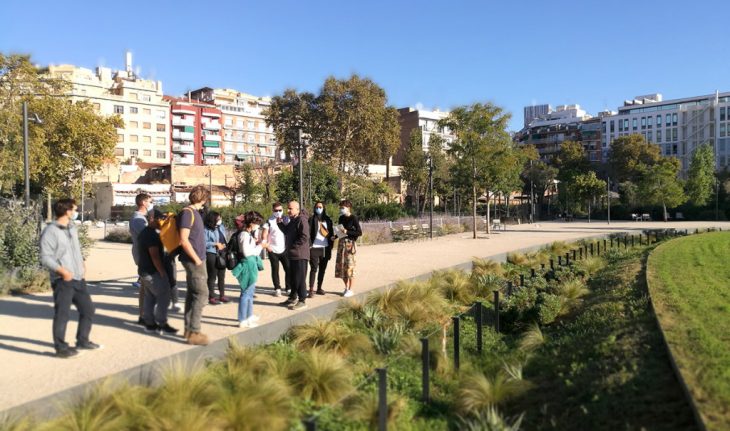 On the third day, Ecological Interactions became not only a project by Jonathan Minchin, but also one of the most important topics for the students to understand and experiment with their own hands in the role of plants in the economic circle. The fourth day, with Eduardo Chamorro and Marc Garcia, was fully dedicated to digital fabrication and parametric design, two of the IaaC pillars and some of the most important points to develop an advanced architecture. Finally, the fifth day they began their effort to deepen their understanding of ecological thinking guided by Fabio Capra Ribeiro. This subject explores some of the most important references in the aforementioned topics and builds a series of critical essays to spread the word about some of the most urgent problems of the current world.
On the third day, Ecological Interactions became not only a project by Jonathan Minchin, but also one of the most important topics for the students to understand and experiment with their own hands in the role of plants in the economic circle. The fourth day, with Eduardo Chamorro and Marc Garcia, was fully dedicated to digital fabrication and parametric design, two of the IaaC pillars and some of the most important points to develop an advanced architecture. Finally, the fifth day they began their effort to deepen their understanding of ecological thinking guided by Fabio Capra Ribeiro. This subject explores some of the most important references in the aforementioned topics and builds a series of critical essays to spread the word about some of the most urgent problems of the current world.
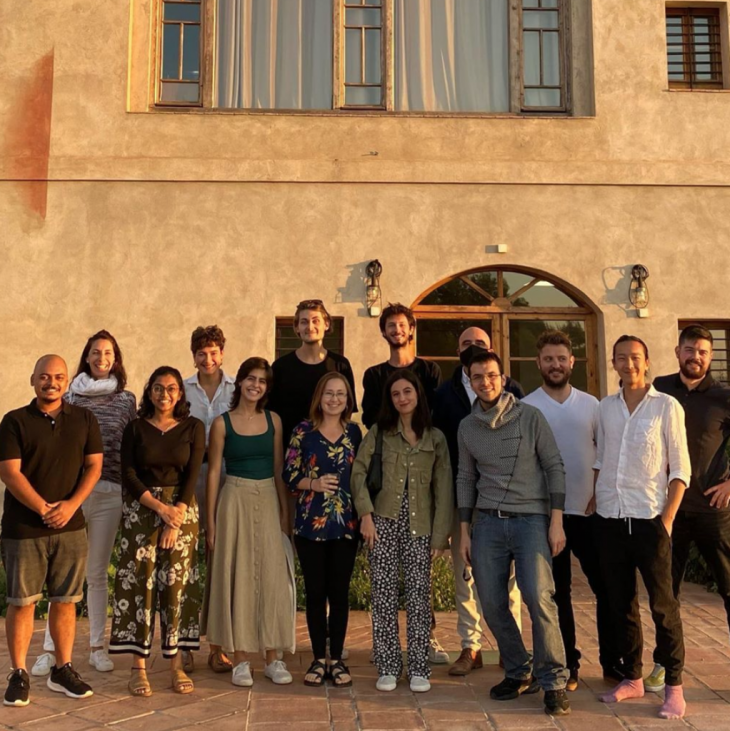 The journey has just started, but it is already intense.
The journey has just started, but it is already intense.
